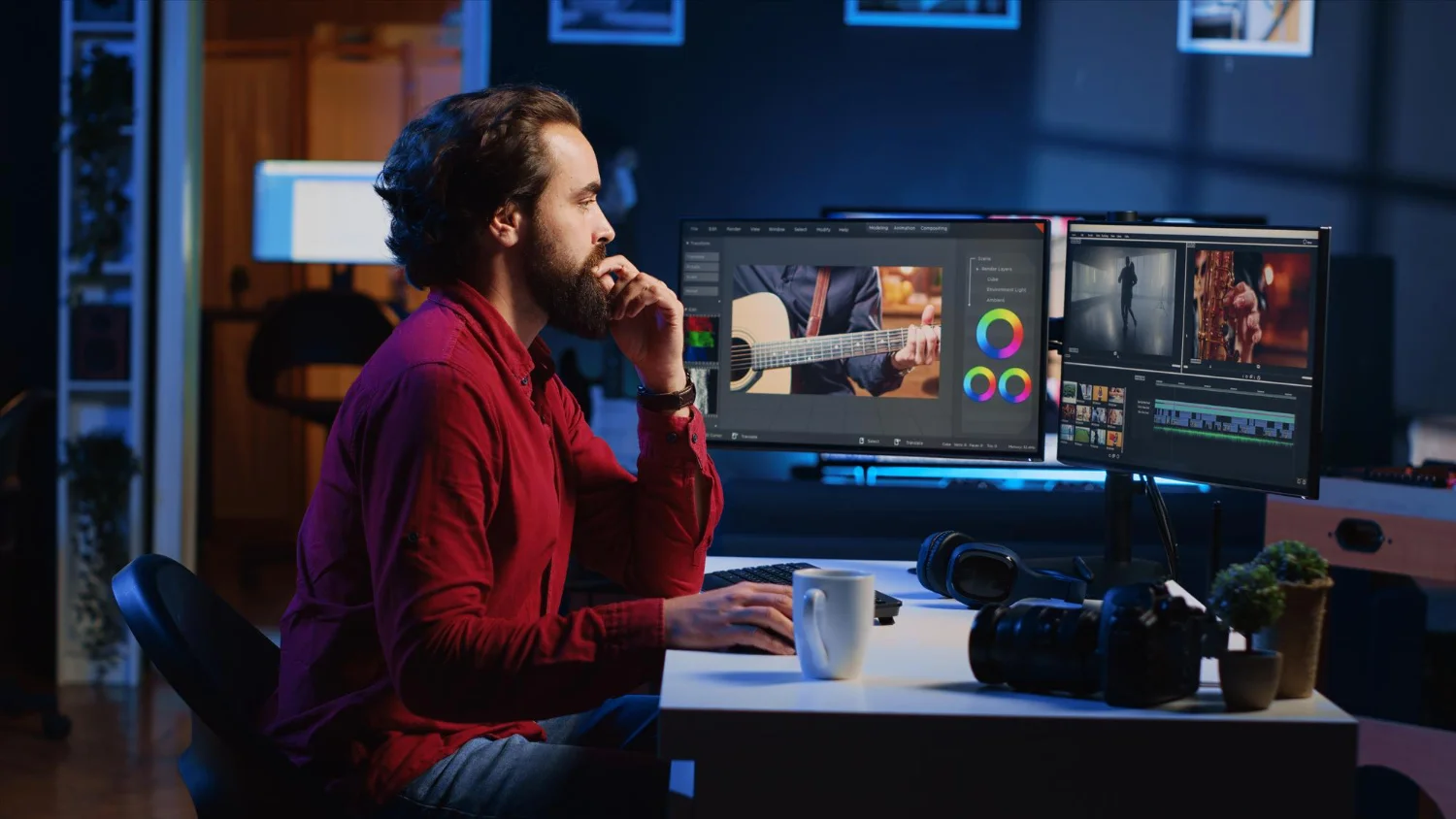When it comes to creating cinematic animations using Source Filmmaker (SFM), compiling is one of the most crucial yet misunderstood steps in the workflow. Many creators focus heavily on animation, lighting, and camera work, but when it’s time to produce a final video, the process can get confusing. That’s where mastering sfm compile becomes essential.
Whether you’re a beginner experimenting with your first project or an experienced animator aiming for professional-quality renders, understanding how to efficiently sfm compile your work can save you time, improve quality, and reduce frustrating errors.
1. What Does “SFM Compile” Mean?
In the context of Source Filmmaker, “compiling” refers to taking your project — which includes animation, models, textures, lighting, and camera settings — and converting it into a final, playable video file or image sequence.
Unlike simple export functions in basic video editors, sfm compile is more complex because it involves:
- Processing all assets into rendered frames.
- Applying your scene’s lighting and effects.
- Encoding the result into your desired video format.
Without this step, your project stays within the SFM workspace and can’t be shared or published.
2. Why the SFM Compile Process Matters
Every SFM project goes through multiple stages: asset import, scene setup, animation, and finally, output. The compile stage determines the final quality of your animation.
Here’s why the compile step is so important:
- Quality control: Fine-tuning settings during compile determines resolution, frame rate, and detail level.
- File compatibility: A proper sfm compile ensures your video plays smoothly on different platforms.
- Optimization: Avoids bloated file sizes without sacrificing visual quality.
Neglecting to learn the compile process can lead to grainy visuals, laggy playback, or even crashes during rendering.
3. Preparing Your Project for SFM Compile
Before you even click “Compile,” there are a few best practices to follow to ensure a smooth process:
Optimize Your Scene
- Remove unused models or hidden assets.
- Simplify overly complex lighting setups if performance drops.
Lock Camera Angles
- Ensure final camera movements are correct, as they can’t be changed after compile.
Check Frame Rate Settings
- Most cinematic projects look best at 24 or 30 FPS.
- Higher FPS (like 60) can make motion smoother but increases render time.
By optimizing before the sfm compile, you reduce the risk of long waits or corrupted output.
4. The SFM Compile Interface
When you go to compile in SFM, you’ll encounter options that directly impact your final video:
- Resolution: Common choices include 1920×1080 (Full HD) or 3840×2160 (4K).
- Format: AVI and MP4 are common, but image sequences are preferred for professional editing.
- Sampling settings: Higher sample counts produce cleaner images but take longer to render.
- Motion blur: Adds realism to movement but can increase render times.
A careful balance between quality and speed is key when choosing these settings.
5. Common Problems During SFM Compile
Even experienced animators run into issues during compilation. Here are some of the most frequent problems and their solutions:
Black Screen Output
- Usually caused by missing camera selection during compile. Ensure you select the correct active camera.
Grainy or Noisy Video
- Increase your sample count in render settings before compiling.
Audio Desync
- Export audio separately if syncing issues persist, then combine it in a video editor after sfm compile.
6. Compiling to Image Sequences
Professional SFM creators often skip compiling directly to video. Instead, they export image sequences (PNG, TGA, or JPEG frames).
Benefits of this approach:
- If the process crashes, you can restart from the last successfully rendered frame.
- No compression loss during render.
- Easier to apply post-production effects in software like Adobe Premiere or DaVinci Resolve.
After compiling as an image sequence, you simply stitch the frames together in your preferred editing software.
7. Speeding Up the SFM Compile Process
Rendering in SFM can be time-consuming, especially for high-quality projects. To save time:
- Lower sample counts for test renders.
- Use fewer dynamic lights during draft compiles.
- Close other programs to free up RAM and CPU power.
Once you’re satisfied with the look, switch back to high-quality settings for the final sfm compile.
8. Advanced Compile Settings in SFM
For animators seeking professional output, advanced compile options offer more control:
- Depth of field rendering for cinematic blur.
- Ambient occlusion for realistic shadowing.
- High dynamic range (HDR) lighting for better color grading in post-production.
While these settings improve visual quality, they also increase render times. It’s wise to test small segments before committing to a full compile.
9. Troubleshooting SFM Compile Errors
If your compile fails, here’s a quick checklist:
- Verify file paths have no unusual characters.
- Ensure all custom assets are loaded before compiling.
- Update your graphics drivers.
- Clear SFM’s temporary cache files to avoid conflicts.
Knowing how to troubleshoot makes the sfm compile process less intimidating.
10. The Role of Hardware in SFM Compile Speed
Your hardware has a huge impact on compile time and stability:
- CPU: SFM relies heavily on processor speed for frame rendering.
- GPU: While SFM is CPU-bound, a good GPU can speed up certain processes.
- RAM: More memory allows SFM to handle bigger projects without crashing.
If you compile often, upgrading your system can drastically improve productivity.
11. SFM Compile for Different Output Goals
Your compile settings will differ based on your final goal:
- YouTube uploads: 1080p MP4 with moderate compression for fast upload.
- Film festivals: 4K, high bit rate, image sequence for editing.
- Social media: Lower resolution but high contrast for mobile viewing.
Adjusting your sfm compile strategy based on where your video will be shown ensures optimal viewing quality.
12. Maintaining Quality Across Compiles
Sometimes you’ll compile multiple drafts before reaching the final version. To maintain quality:
- Avoid re-encoding a compressed file. Always compile from the original project.
- Save high-bitrate masters for archival purposes.
- Use consistent settings between drafts to compare changes accurately.
13. Final Checks Before Publishing
After your final sfm compile, review:
- Visual consistency across scenes.
- Smooth playback without dropped frames.
- Proper audio sync.
If everything checks out, you’re ready to share your animation with the world.
14. Continuous Learning and SFM Updates
Source Filmmaker’s tools and compile options have evolved over time. Staying updated on new features ensures your sfm compile process remains efficient and high-quality. Follow community discussions and experiment with settings to discover new tricks.
Conclusion
Mastering the sfm compile process is just as important as crafting the perfect animation. From preparing your project and optimizing settings to troubleshooting errors and fine-tuning output quality, every step impacts the final result.
By understanding the nuances of compiling in Source Filmmaker, you not only produce higher-quality videos but also save time and avoid frustration. Whether you’re creating fan animations, cinematic shorts, or professional storytelling pieces, knowing how to efficiently sfm compile your work ensures your vision reaches viewers exactly as you imagined it.



